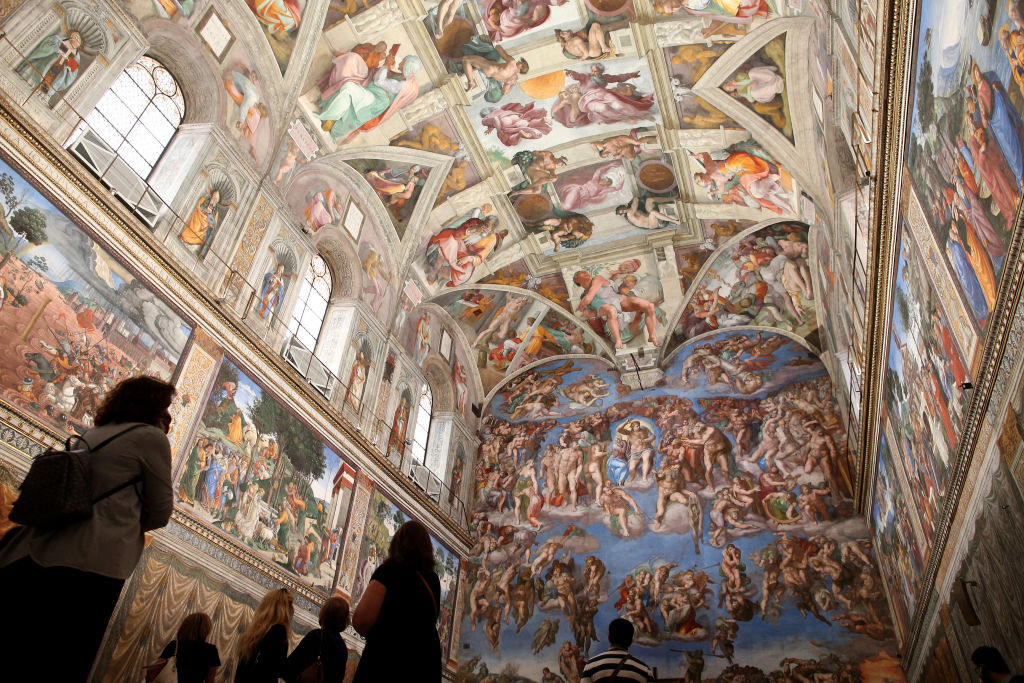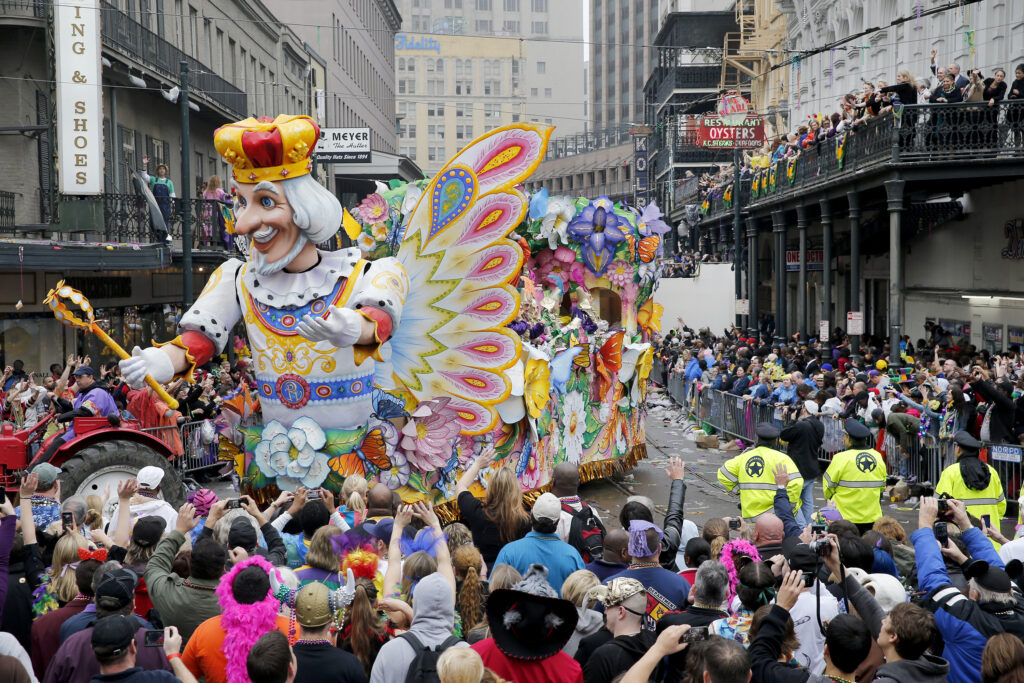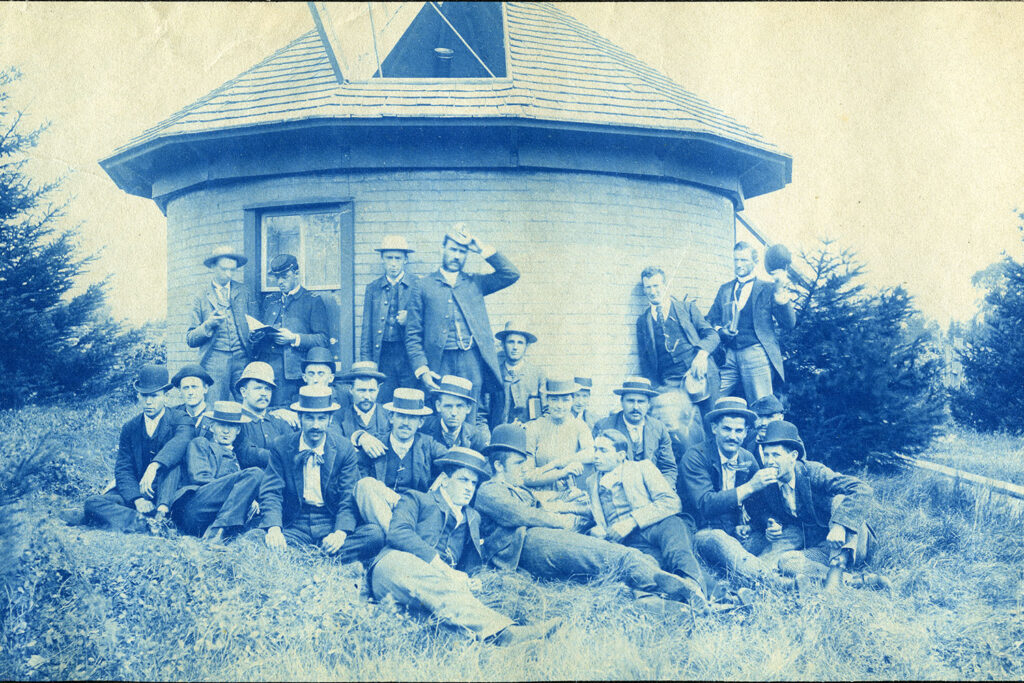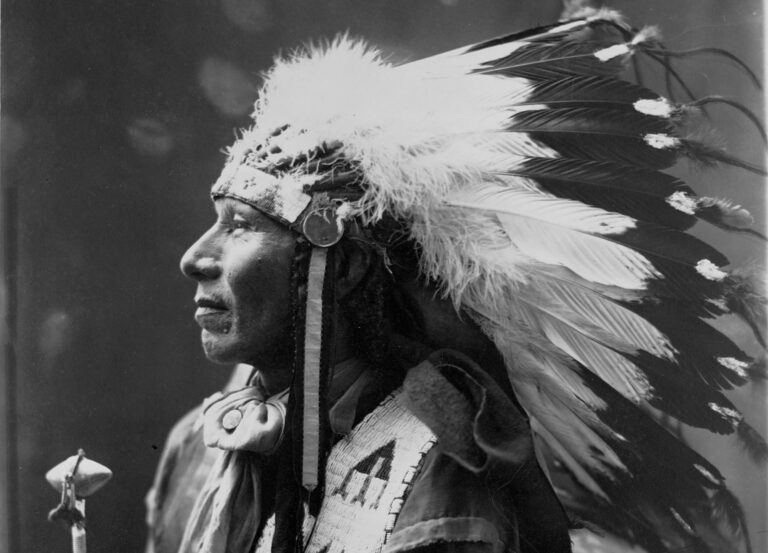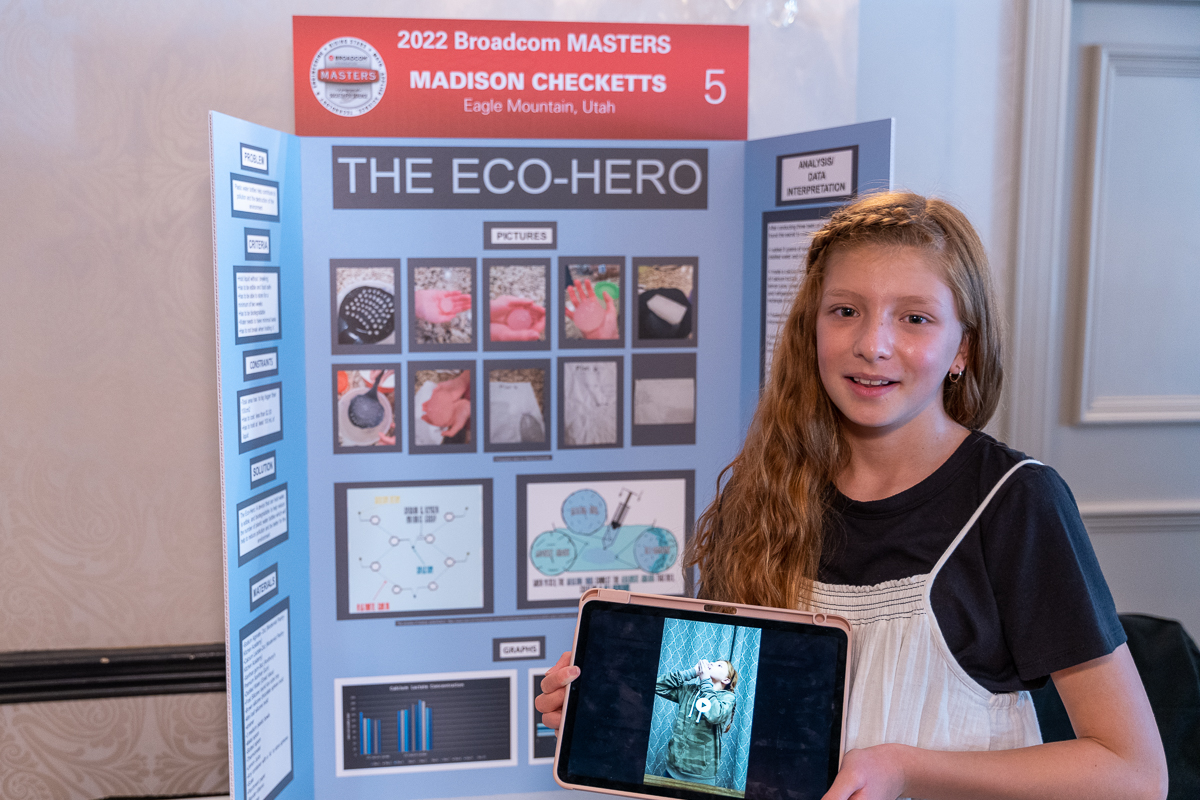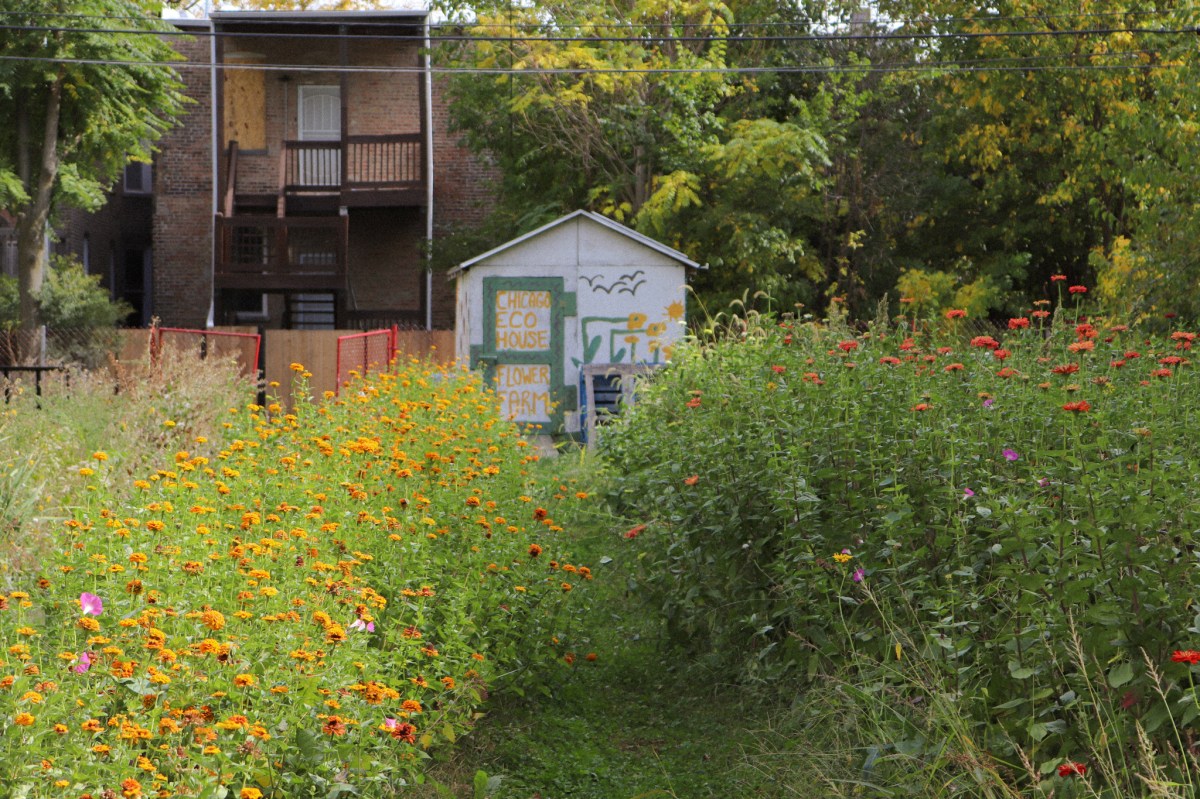More than 500 years after Michelangelo Buonarroti finished painting the ceiling fresco of the Sistine Chapel in the Vatican, a chalk sketch has been identified as a study for the masterpiece.
The red chalk drawing of a nude man on a sheet of paper that measures about 11 inches by 8 inches has been “linked to one of the figures battling serpents on the ‘Worship of the Brazen’ serpent painting,” according to The Guardian. It’s currently in the Ashmolean Museum, University of Oxford, though it isn’t yet on display.
“For an artist of Michelangelo’s greatness, and greatness as a draughtsman, any new discovery has some level of excitement. But this is a drawing by Michelangelo for one of the greatest masterpieces of western art,” Paul Joannides, an emeritus professor of art history at Cambridge university and a leading authority on Michelangelo, told The Observer.

While it’s estimated that between 5 and 6 million people visit Italy’s Sistine Chapel every year, there aren’t many developed drawings or drafts of the ceiling still in existence. Per the Getty, artist-biographer Giorgio Vasari said that Michelangelo burned most of them so that no one “could see his creative struggles” — his way of keeping his artistic process private.
So how did this drawing surface all these centuries later? The Guardian reports that an anonymous European collector sent a photograph of the sketch to Joannides through an intermediary. Previously, it had been purchased privately with a tentative attribution to an Italian painter and follower of Michelangelo, Rosso Fiorentino.
Joannides explained the key to connecting the drawing and the finished version seen in the Sistine Chapel was due to a change in perspective.
“Looking at the drawing, one would assume that the figure was intended to be seen horizontally. It isn’t. It’s intended to be seen with the drawing rotated 90 degrees clockwise. Put the two images side by side and there it is. Once examined, it was obvious that the drawing is preparatory for this figure,” Joannides told The Guardian.
The Art Newspaper reports that other experts in the field are waiting to make their assessments until they see the drawing.
Interestingly, Joannides said he had seen a photograph of the drawing many years prior in the Witt Library at the Courtauld Institute of Art in London. He wrote in Burlington Magazine, “I had filed it mentally as being ‘of interest.’ It was therefore intriguing to be able to study the drawing in the flesh and satisfying to conclude that it was indeed by Michelangelo.”
Michelangelo is known for his relentless dedication to his craft, working on St. Peter’s Basilica in the Vatican even from his home when he was “too weak” to be on site regularly, and he continued to sculpt in the days before he died in 1564, according to History.com.
Hundreds of years after his death, his work is still inspiring awe — both the completed versions and the drafts.
RELATED: Hidden Self-Portrait of Vincent van Gogh Discovered Behind Painting
